Exploring the Panj Takht: Sacred Thrones of Sikhism
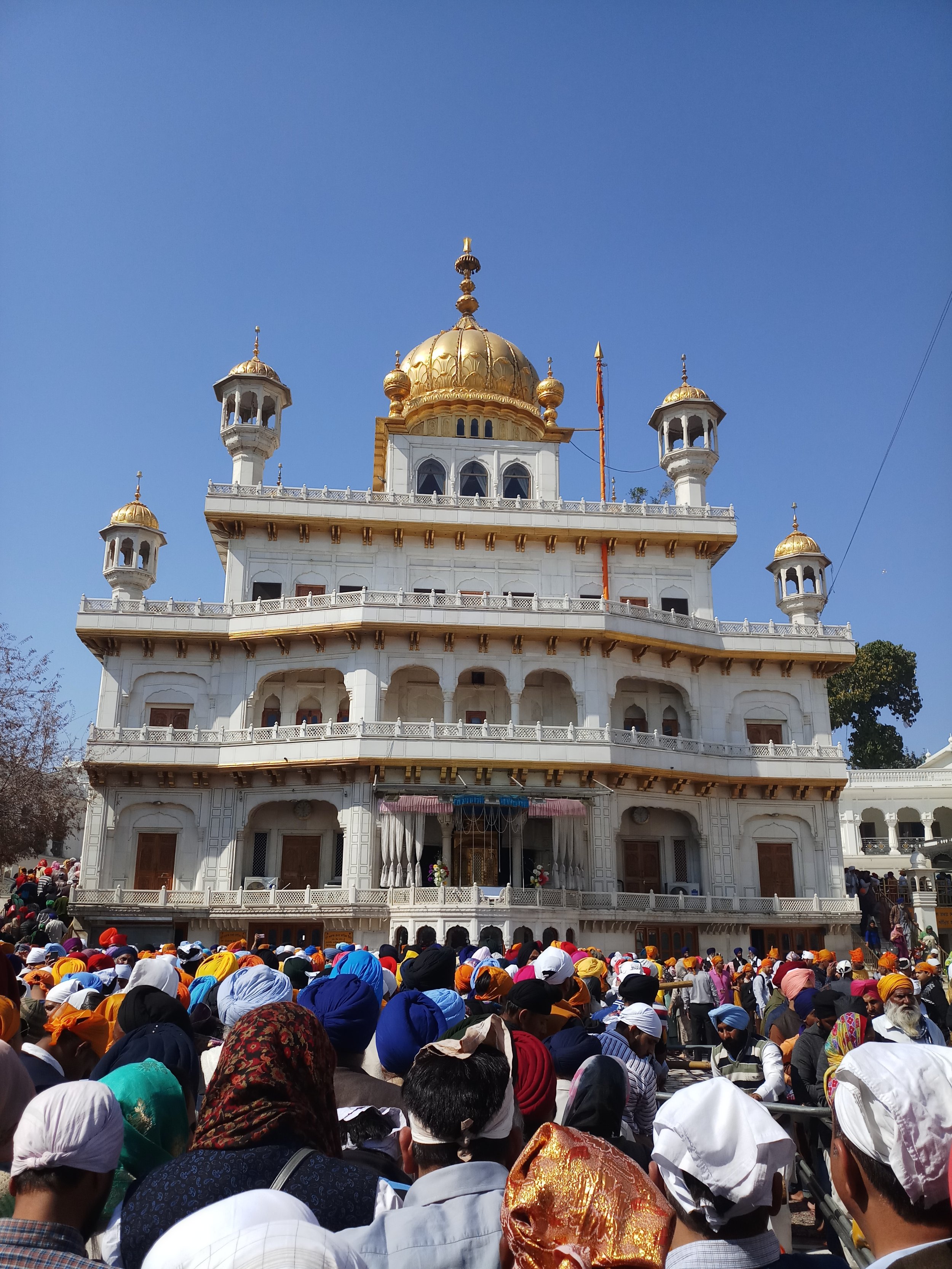
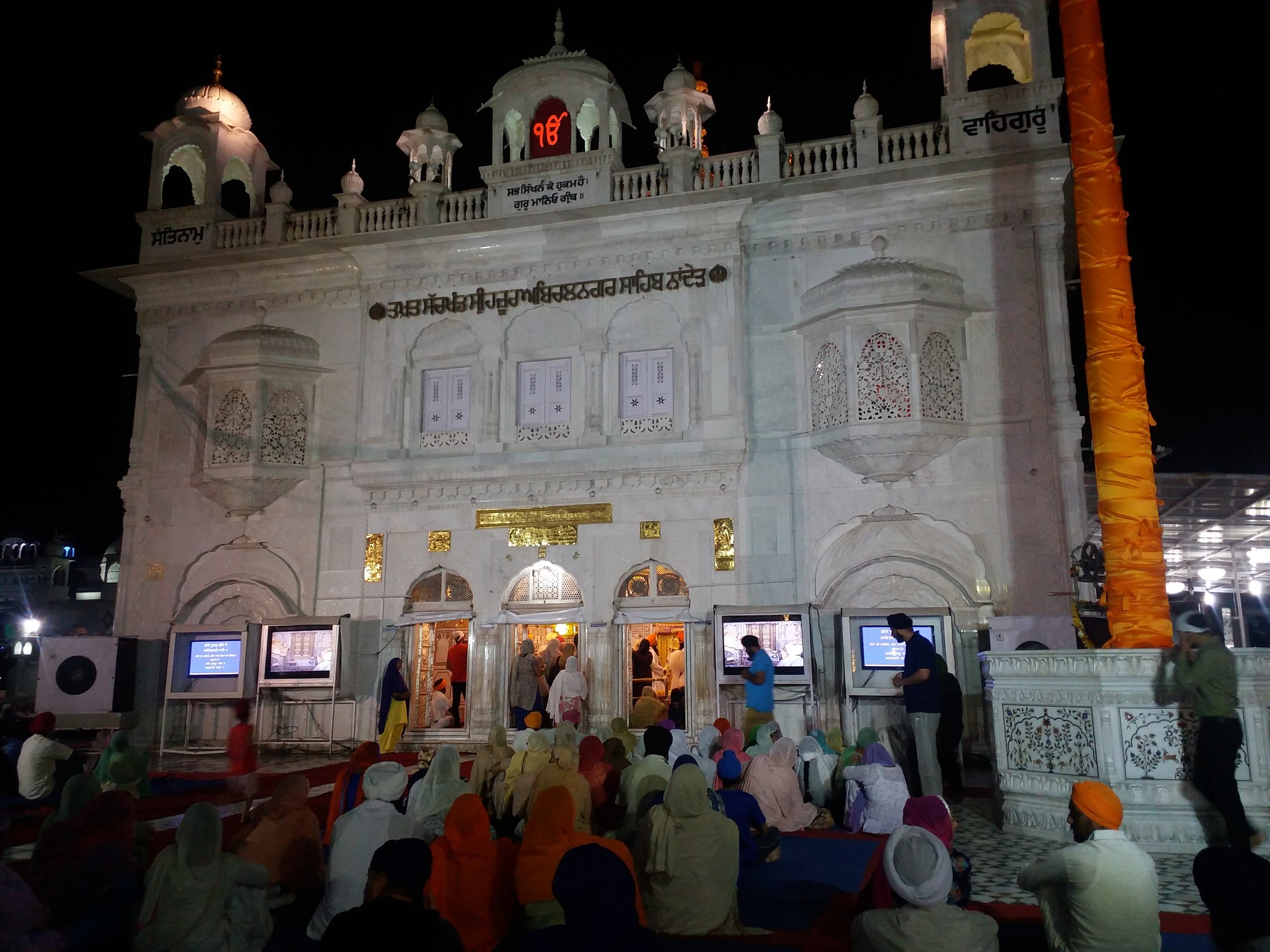
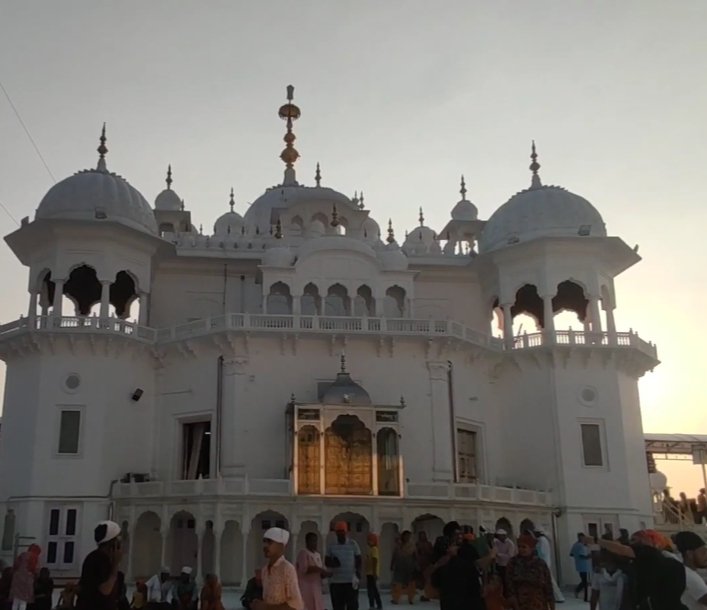

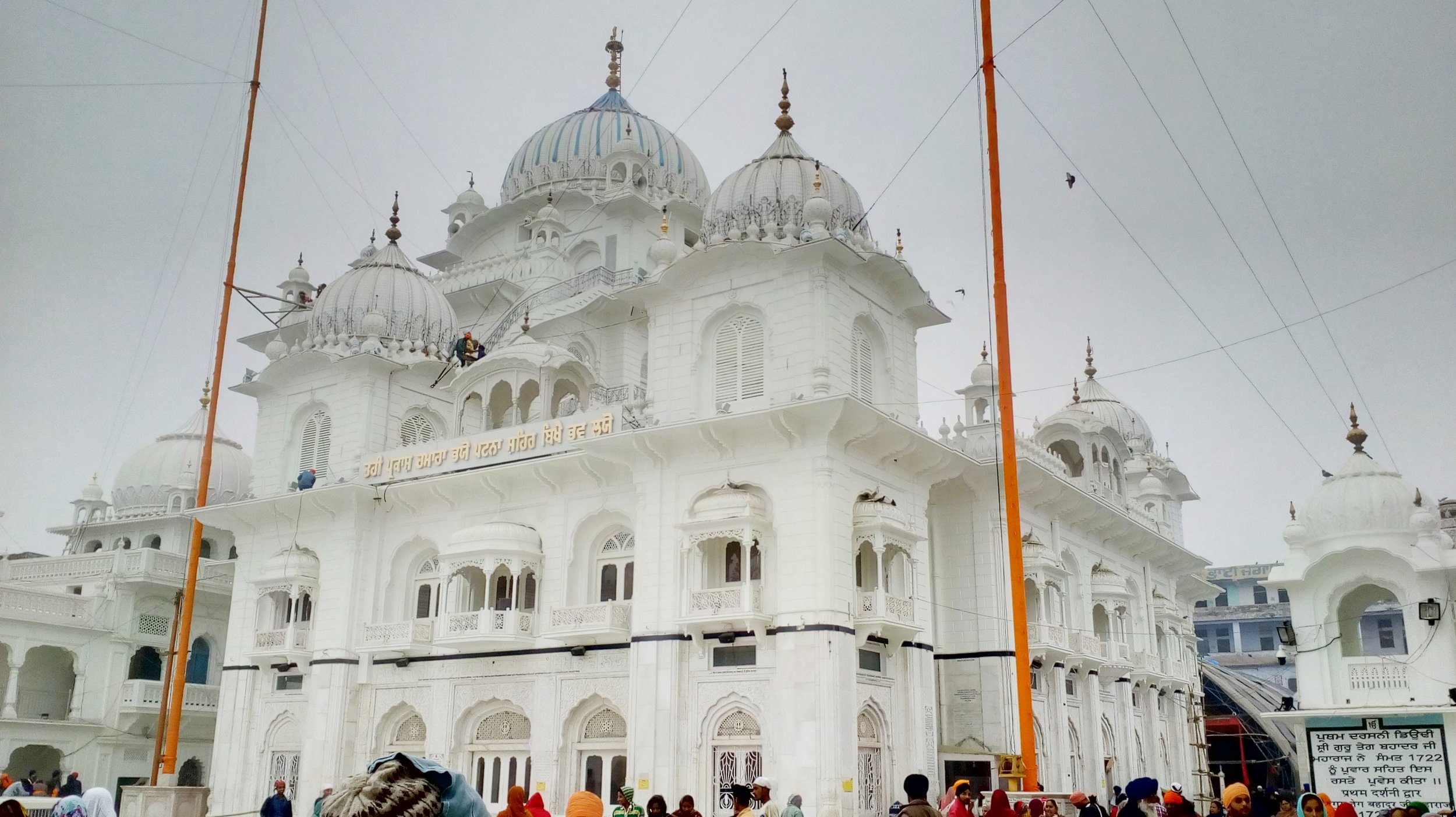
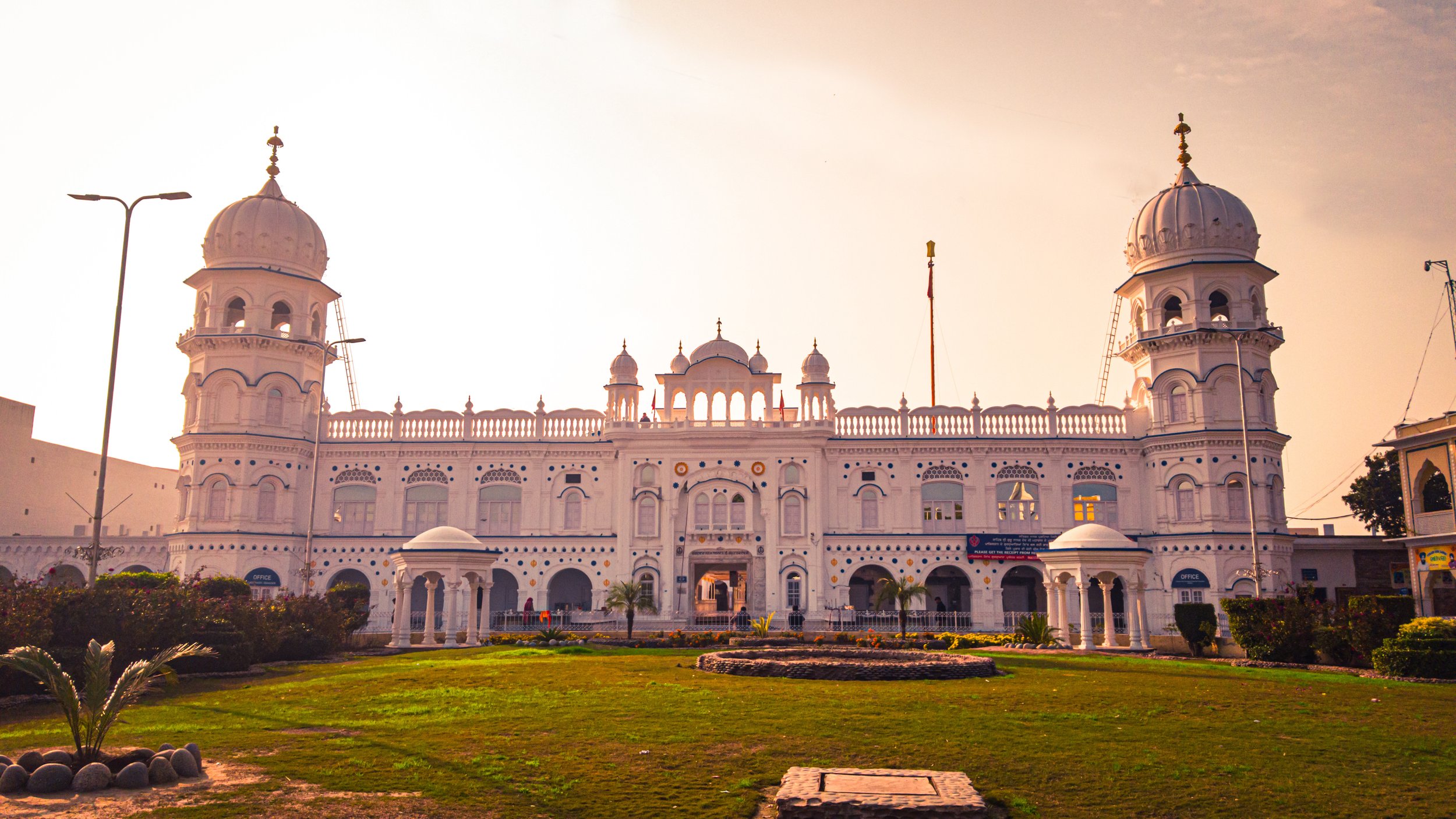
1. Sri Akal Takht Sahib Ji
Located in the heart of Amritsar, Sri Akal Takht Sahib Ji stands as a symbol of temporal and spiritual authority in Sikhism. Established by Guru Hargobind, the sixth Sikh Guru, in 1609, it holds immense significance in Sikh tradition. Situated opposite the Harmandir Sahib (Golden Temple), Sri Akal Takht Sahib Ji serves as the highest seat of authority for the Sikh community, where matters of justice, military strategy, and community welfare are deliberated upon. Historically, it served as a center for decision-making during times of conflict and peace, with the Sarbat Khalsa, or the Sikh Nation, convening here to discuss important issues affecting the community. The architecture and location of Sri Akal Takht Sahib Ji reflect its dual role as a spiritual sanctuary and a bastion of Sikh sovereignty.
2. Takht Sri Damdama Sahib Ji
Takht Sri Damdama Sahib Ji, nestled in the serene village of Talwandi Sabo near Bathinda, holds a special place in Sikh history. It was here that Guru Gobind Singh, the tenth Sikh Guru, stayed for about a year and completed the compilation of the Guru Granth Sahib, the holy scripture of Sikhism, in 1705. This Takht is revered for its association with the finalization of the Guru Granth Sahib, which embodies the spiritual essence and teachings of the Sikh Gurus. Pilgrims from around the world visit Takht Sri Damdama Sahib Ji to pay homage to this sacred site where the Guru Granth Sahib was given its final form, making it a significant destination for spiritual reflection and devotion.
3. Takht Sri Keshgarh Sahib Ji
Situated in the historic city of Anandpur Sahib, Takht Sri Keshgarh Sahib Ji holds a pivotal role in Sikh tradition as the birthplace of the Khalsa. Founded by Guru Gobind Singh in 1699, this Takht witnessed the initiation of the Khalsa Panth, a distinct community of baptized Sikhs committed to upholding righteousness and defending the oppressed. Takht Sri Keshgarh Sahib Ji houses relics and artifacts associated with Guru Gobind Singh, including weapons and personal belongings, offering pilgrims a glimpse into the life and legacy of the Guru. The Takht also serves as a center for religious gatherings and celebrations, attracting devotees seeking spiritual enlightenment and inspiration.
4. Takht Sri Hazur Sahib Ji
Nestled on the banks of the Godavari River in Nanded, Maharashtra, Takht Sri Hazur Sahib Ji radiates spiritual tranquility and reverence. It commemorates the site where Guru Gobind Singh, the embodiment of Sikh valor and righteousness, breathed his last in 1708. This Takht holds profound significance as Guru Gobind Singh's final abode and the place where he declared the Guru Granth Sahib as the eternal Guru of the Sikhs. Takht Sri Hazur Sahib Ji serves as a pilgrimage destination for Sikhs worldwide, offering them an opportunity to pay homage to the Guru and seek spiritual solace in the sanctity of the Takht.
5. Takht Sri Patna Sahib Ji
Takht Sri Patna Sahib Ji, located in the bustling city of Patna, Bihar, commemorates the birthplace of Guru Gobind Singh, the spiritual luminary who transformed Sikhism and inspired generations with his teachings. It stands as a testament to the Guru's early life and spiritual journey, providing devotees with a sacred space to connect with his divine presence. Takht Sri Patna Sahib Ji is adorned with intricate architecture and vibrant surroundings, reflecting the rich heritage and cultural significance of the Sikh faith in the region. Pilgrims flock to this Takht to immerse themselves in the aura of Guru Gobind Singh's legacy and seek blessings for spiritual fulfillment.
Embark on a transformative journey through these sacred Takhts, each resonating with the spirit of Sikhism and offering devotees a profound experience of spiritual awakening and enlightenment.
